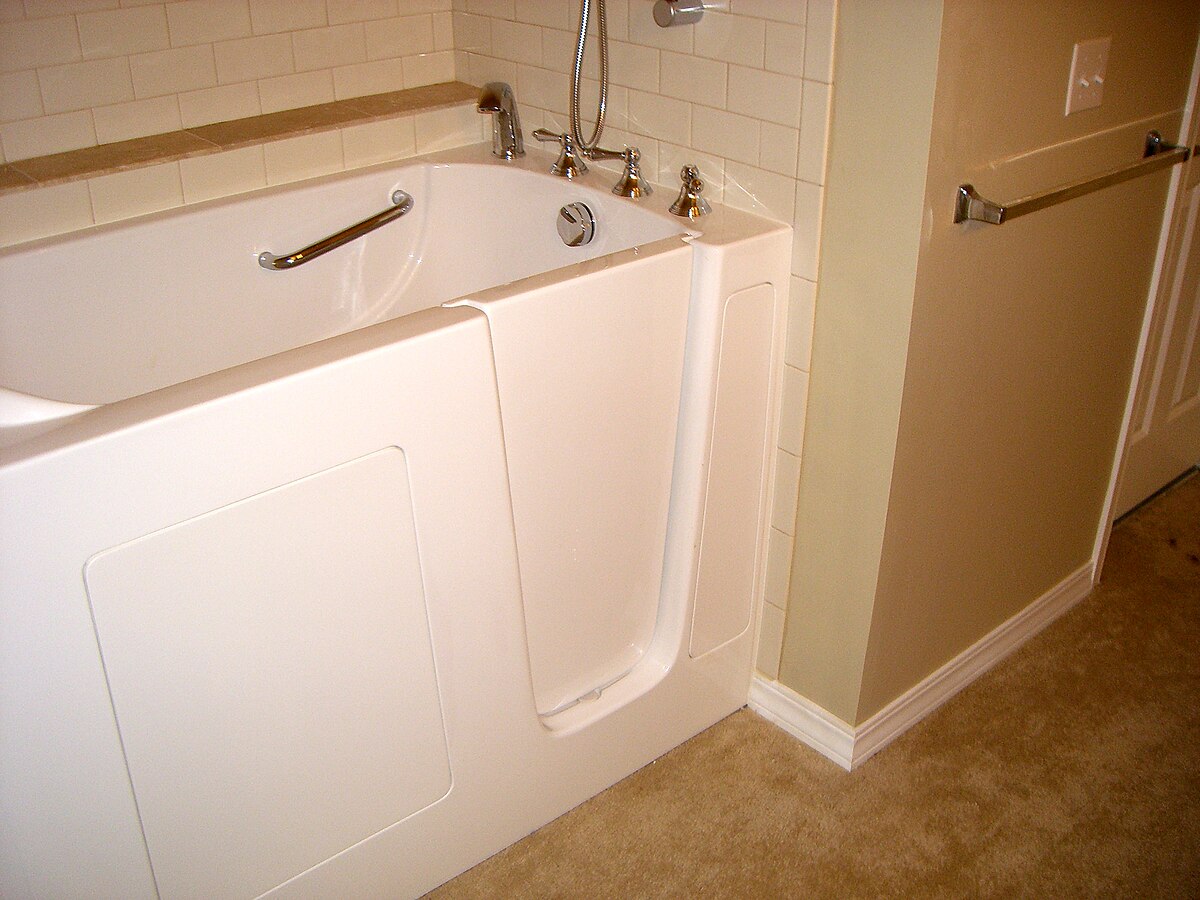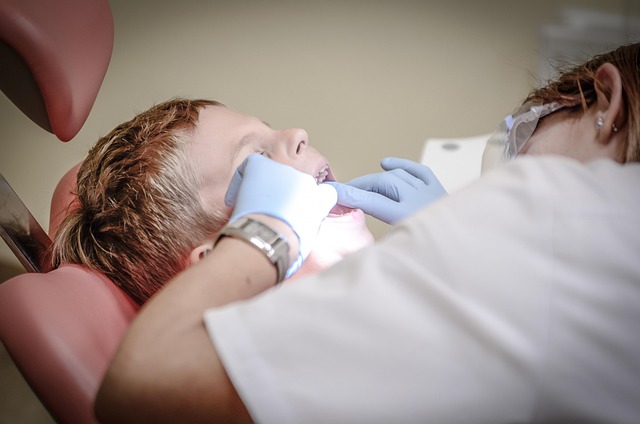Walk-In Showers for Seniors: How to Get a Safe & Affordable Upgrade with Grants
Bathroom safety becomes increasingly critical as we age, with traditional shower designs posing significant risks for seniors. Walk-in showers offer a practical solution that combines safety, accessibility, and independence. More importantly, various grants and assistance programs can help make these essential upgrades financially accessible for seniors across different income levels.
Understanding the Importance of Safe Shower Solutions for Seniors
Falls in bathrooms account for a substantial percentage of home accidents among seniors, with wet surfaces and high thresholds creating dangerous conditions. Walk-in showers eliminate the need to step over bathtub walls, significantly reducing fall risks. These installations feature slip-resistant flooring, grab bars, and built-in seating options that transform daily bathing from a hazardous activity into a comfortable routine.
The aging process naturally affects balance, mobility, and joint flexibility, making traditional bathroom fixtures increasingly challenging to navigate. Safe shower solutions address these physical changes by incorporating universal design principles that accommodate various mobility levels while maintaining dignity and independence.
Common Risks in Traditional Bathrooms and How to Prevent Them
Traditional bathtub-shower combinations present multiple hazards for seniors. High thresholds requiring leg lifts of 14-16 inches create instability, while slippery surfaces become treacherous when wet. Limited space for maneuvering wheelchairs or walkers further complicates bathroom use.
Prevention strategies include installing non-slip mats, adequate lighting, and grab bars as temporary measures. However, these modifications often provide limited effectiveness compared to comprehensive walk-in shower installations. Professional assessments can identify specific risk factors in existing bathrooms and recommend targeted solutions that address individual mobility needs.
Comparing Walk-In Shower Features: What Matters Most for Accessibility
Key accessibility features vary depending on individual needs and mobility levels. Low-threshold entries, typically 1-2 inches high, accommodate wheelchairs and walkers while preventing water leakage. Built-in seating provides stability for those with limited standing endurance, while adjustable showerheads ensure comfortable use from various positions.
Grab bar placement requires careful consideration, with horizontal bars supporting weight during transfers and vertical bars assisting with standing. Thermostatic controls prevent scalding by maintaining consistent water temperatures, addressing age-related sensitivity to temperature changes. Non-slip flooring materials balance safety with drainage requirements, ensuring surfaces remain stable when wet.
Grants and Assistance Programs Available for Senior Bathroom Upgrades
Multiple funding sources exist to help seniors afford bathroom modifications. The Department of Veterans Affairs provides grants up to $6,800 for qualifying veterans through the Specially Adapted Housing program. State Medicaid programs often cover bathroom modifications deemed medically necessary, though coverage varies by location.
Area Agencies on Aging frequently offer home modification programs with sliding-scale fees based on income. The USDA Rural Development program provides grants and low-interest loans for rural residents needing accessibility improvements. Local utility companies sometimes offer rebates for water-efficient fixtures, while nonprofit organizations like Rebuilding Together provide volunteer-based renovation services for qualifying seniors.
Cost Analysis and Provider Comparison for Walk-In Showers
Walk-in shower installations typically range from $3,000 to $15,000, depending on features and complexity. Basic conversions start around $3,000-$5,000, while fully accessible units with premium features can exceed $10,000. Labor costs vary significantly by region, with metropolitan areas commanding higher installation fees than rural locations.
| Provider | Service Type | Cost Range | Key Features |
|---|---|---|---|
| Kohler Walk-In Bath | Full Renovation | $8,000-$15,000 | Hydrotherapy, Built-in Seating, Lifetime Warranty |
| Bath Fitter | Conversion Service | $4,000-$8,000 | Acrylic Systems, Same-Day Installation, 25-Year Warranty |
| Re-Bath | Custom Solutions | $5,000-$12,000 | Personalized Design, Grab Bars, Non-Slip Surfaces |
| Local Contractors | Variable Options | $3,000-$10,000 | Customizable, Regional Pricing, Local Support |
Prices, rates, or cost estimates mentioned in this article are based on the latest available information but may change over time. Independent research is advised before making financial decisions.
Expert Insights: How Walk-In Showers Impact Daily Living for Seniors
Occupational therapists consistently report improved confidence and independence among seniors following walk-in shower installations. The psychological benefits extend beyond physical safety, as seniors regain autonomy in personal care routines. Reduced caregiver assistance requirements often offset installation costs over time.
Healthcare professionals emphasize that proactive bathroom modifications prevent costly emergency room visits and potential long-term care needs. Physical therapists note that accessible showers encourage regular bathing, supporting overall health and social engagement. The investment in walk-in showers frequently proves cost-effective when compared to potential medical expenses from bathroom-related injuries.
Walk-in showers represent more than bathroom renovations; they provide pathways to continued independence and safety for seniors. With various grants and assistance programs available, financial barriers need not prevent these essential upgrades. Careful planning, professional assessment, and thorough research of available funding sources can make walk-in showers accessible for seniors across different economic situations, ultimately supporting safer, more comfortable aging in place.





